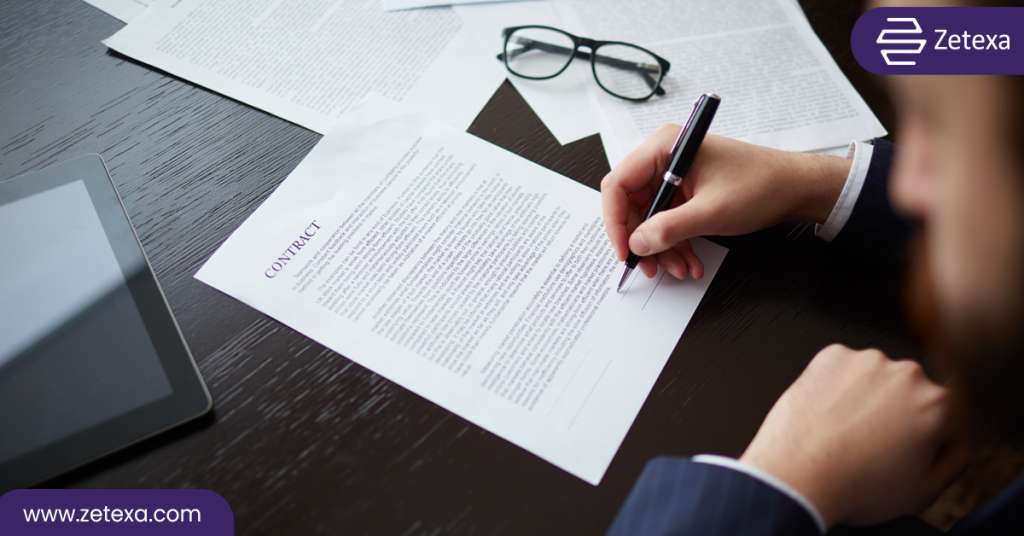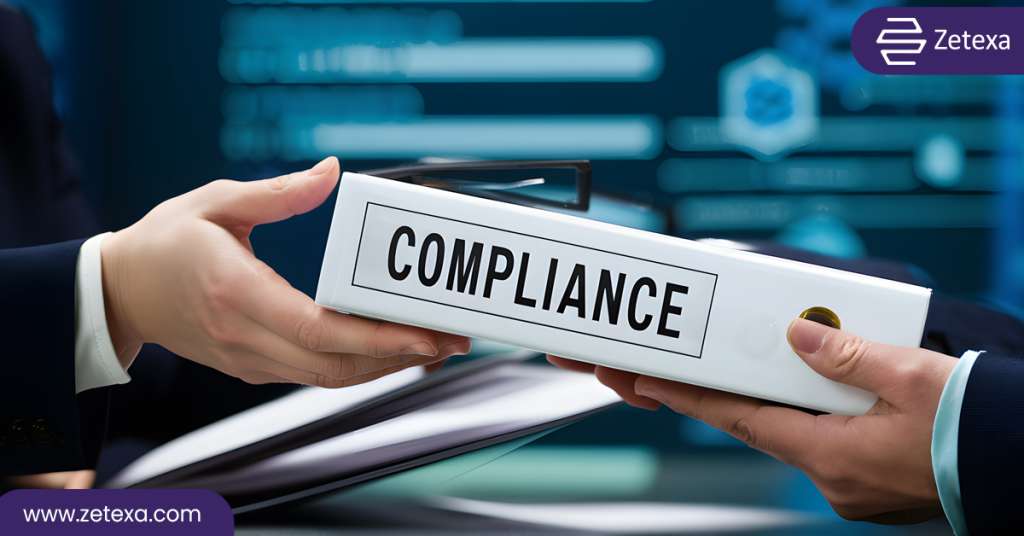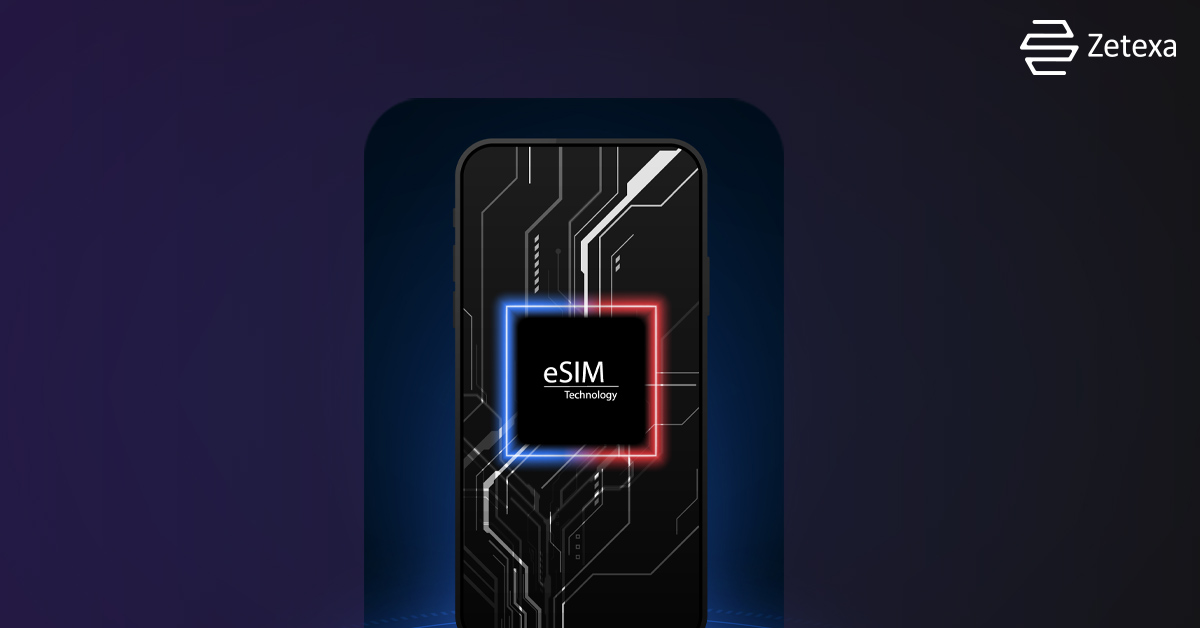If you’re stepping into the world of eSIM technology, you are walking into one of the most vibrant and fast-changing corners of the digital landscape. eSIMs, or embedded SIMs, are going to change the way we connect to networks and carry out mobile communications. Of course, like any innovative technology, they bring along with them their own set of regulatory and compliance issues.
This blog will help you sail through these complicated regulatory landscapes of eSIM technology and be prepared while moving on into this exciting field.
The Importance of Regulatory Compliance
Compliance is the key issue in the backdrop of rising eSIM technology. Regulatory compliance simply means meeting the laws, regulations, and guidelines relevant to a certain industry. This would mean understanding and following various international and regional regulations that shall govern how these eSIM devices operate.
Why does this matter? Penalties for non-compliance are typically large fines and legal headaches, and even inability to do business in some markets. So, getting it right is not only the right thing to do legally but also a business imperative.
Key Regulatory Challenges for eSIM Technology
Of course, the regulatory landscape around eSIM technology is somewhat complex and rests on several important areas.

1. Global Standards and Regulations
First off, eSIM technology is global, and compliance needs to consider international standards. In other words, regulations regarding telecommunications, digital security, and other connected laws will differ from country to country. Here’s what you should know:
GSMA Standards: GSMA is an international body that establishes standards for eSIMs. Following these standards will result in satisfaction to devices and networks that they can communicate with one another across borders. GSMA specifications are some of the most critical since they allow interoperability.
Regional Regulations: Regulations vary by region. For example, there are European Union regulations on the protection of personal data and those governing consumer rights that have some bearing on the use of eSIMs in the region. In the United States, the Federal Communications Commission sets a wide array of rules impacting eSIM technology.
2. Data Protection and Privacy
However, the major apprehension is regarding data protection with respect to the eSIM technology. Since these eSIMs store and manage data regarding users, therefore, they are liable under many data protection laws. This comprises:
General Data Protection Regulation: In the context of Europe, GDPR requires good data handling and privacy practices. Any business that integrates eSIM technology has to ensure compliance to protect the information of its users.
California Consumer Privacy Act: Any business, operating from California or dealing with Californians under CCPA, has to be very transparent and obtain user consent around data collection and usage.
3. Security and Authentication
Security stands as the most prime issue when it comes to the technology of eSIM. In this view, regulatory compliance translates to the fact that strong security measures need to be adopted at all costs so that unauthorized access and data breaches might well be prevented. This consists of:
Encryption Standards: To ensure that communication between the eSIMs and the network operators is encrypted so no one can intercept or access it without authorization.
Authentication Protocols: Designed authentication protocols for strong authentication of the user or device authenticity.
4. Banking Compliance Regulations
Additional compliance considerations in companies that integrate eSIM technology with financial services or banking applications are associated. The vast majority of banking compliance regulations include the following:
Anti-Money Laundering Laws: Ensure that eSIM-based transactions fall within AML laws and thus cannot be used for financial crimes.
Know Your Customer Regulations: The processes for verifying the identity of users shall have extra layers of authentication implemented within eSIM-based banking services.
5. Consumer Protection Laws
Another critical dimension of regulatory compliance is consumer protection, which includes:
Clear Information: Clear information to the consumers about how their data is used and how they are to manage their eSIM profile.
Fair Practices: See that users get fair terms and conditions for using eSIM technology.
How to Achieve Regulatory Compliance with eSIM Technology
The pathway to achieve regulatory compliance using eSIM technology is multi-faceted:

1. Know the Regulatory Landscape
First, be in a position to know the regulatory environment relevant to your operations. Essentially, this means that you are asked to research both global standards and local regulations around eSIM technology. Of course, they should be researched with consultations from legal experts and compliance officers specializing in telecommunications and data privacy.
2. Put in Place Sturdy Compliance Procedures
Provision and execute processes for ensuring that the eSIM technology conforms to all laws and regulations in force. It may include
Regular Compliance Audits: Conducting timely audits to provide complete compliance practices with updates and effectiveness.
Policy Development: Detailed policies on protection, security, and rights of consumers through instituted regulatory standards.
3. Have a conversation with regulatory bodies
Attend regulatory bodies and industry associations to get updates on all new developments related to upcoming regulations. Take part in industry forums and consultations for feedback to keep one step ahead in the face of regulatory change.
4. Put money into Compliance Services
Outsource regulatory compliance services and seek their advice on the complexities of the eSIM regulatory environment. Such services can provide customers with expertise in meeting their legal obligations and best practices to comply.
5. Train Your Team
Keep your team up to date on the regulatory requirements and compliance processes. There can be regular training or updates which do a great job of keeping everybody on the same page so that whatever is required of them becomes quite clear.
Conclusion
Though complex, the path through which the regulatory landscape of eSIM technology is structured calls for detailed planning and a proactive approach to guarantee compliance of your operations under all laws and regulations. This blog deals with the global standards, data protection laws, security requirements, and consumer protection regulations bearing on the effective management of compliance challenges associated with eSIM technology.
Design strong compliance practices that not only keep you clear of legal pitfalls but also help in gaining trust from customers and partners. As such, therefore, with eSIM technology at the helm in this new future of connectivity, let regulatory compliance be one of the pillars in your strategy. This is not about compliance; it is about creating for all parties involved a safe, transparent, and trustworthy environment.

Download ZetSIM App from the APP Store
Download ZetSIM App from the Google Play Store
FAQs
eSIM technology is governed by international telecom regulations that ensure secure network connectivity and protect consumer data.
Regulations vary by country, with some requiring local carrier activation, while others support global network flexibility through eSIM.
The primary challenge lies in coordination between telecom regulators, ensuring eSIM adoption is seamless across borders without legal complications.
Travelers can enjoy global connectivity as eSIMs allow switching between carriers without violating any local regulations or network restrictions.
Zetexa eSIM complies with international regulations, ensuring secure and hassle-free connectivity for users across various regions.



